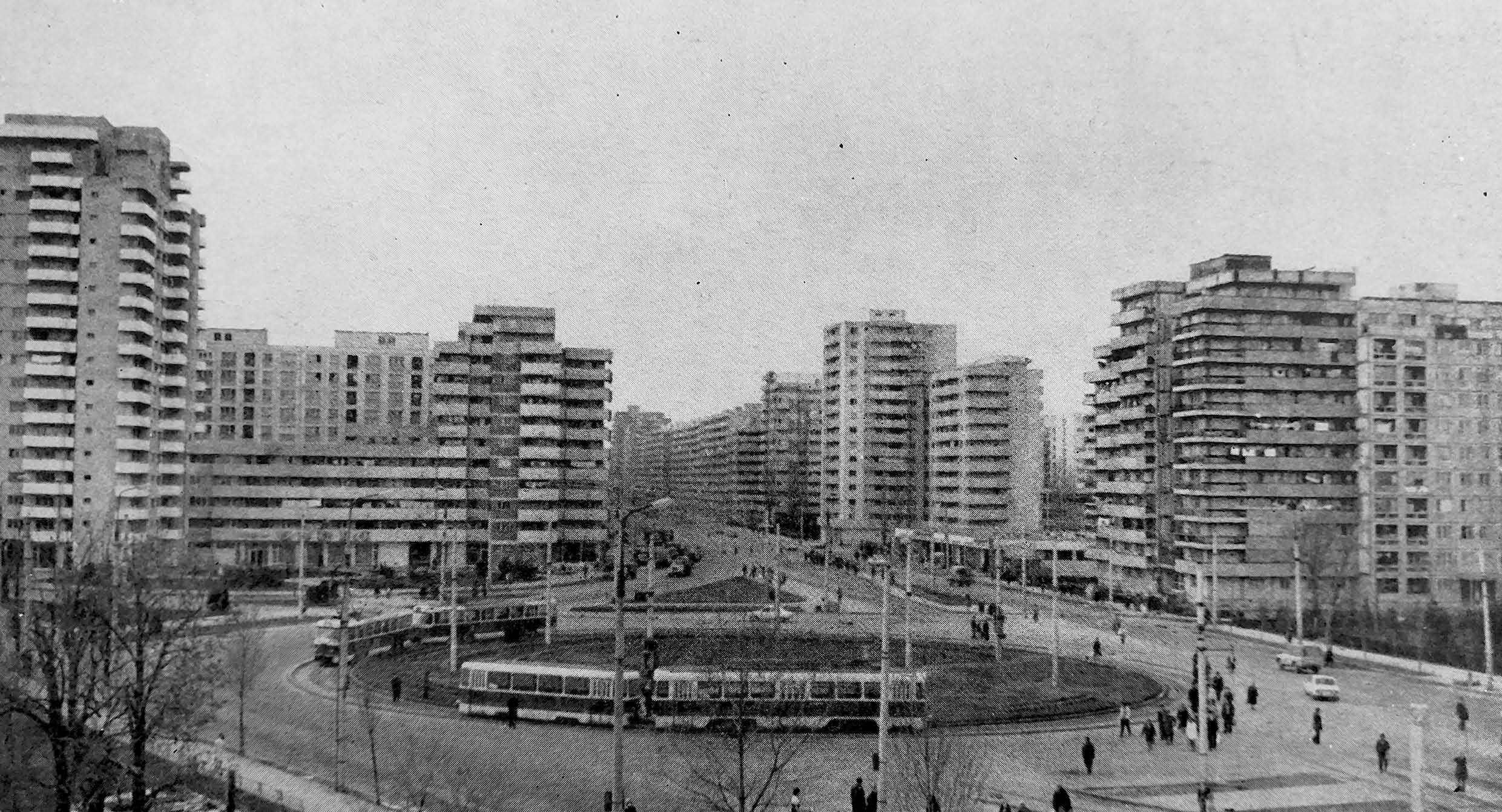During the 1970s and 1980s, the construction of large housing complexes in Romania, particularly in the capital city of Bucharest, reached its peak as a result of urban systematization policies. The impact of built densification in those decades can be measured on the socio-economic scale of consequences after the 1990s, less in terms of architectural modernity than its submergence by technical methods of rationalizing the urban space. Dwelling in the three zones of Bucharest represented the main subject of the research conducted by Institute “Proiect” București during the 70s and 80s, seeking formulas to reconcile the political directives for the densification of urban residential sectors with livability itself. However, in the post-revolutionary period the situation of the inherited housing ensembles proved the persuasiveness of the political agenda in minimizing the collateral aspects of dwelling. The precarious management of the economy after 1989 exacerbated the flaws of the large-scale ensembles created through political ambition, inscribing them in a new urban landscape measurable only by social changes and new economic actors.
DOI: https://doi.org/10.31577/archandurb.2023.57.3-4.5

This work is licensed under a Creative Commons Attribution 4.0 International License
